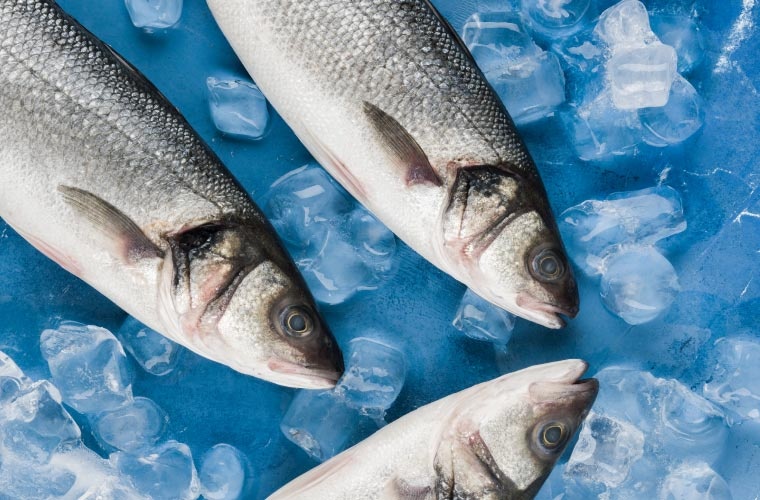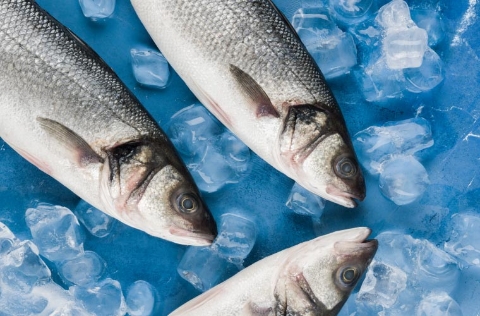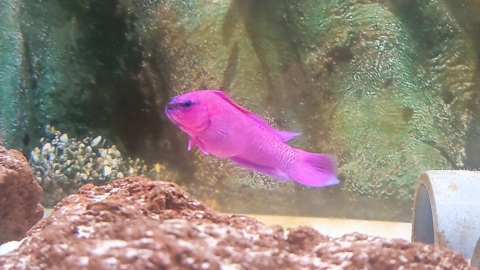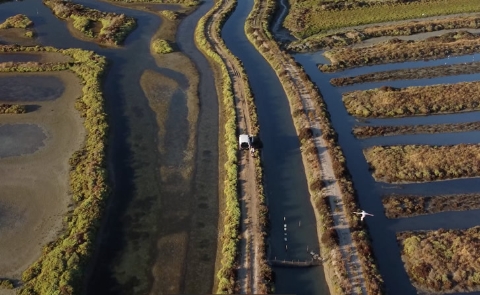
A new report from the European Union Reference Centre for the Welfare of Aquatic Animals (EURCAW-Aqua) highlights a pressing need to improve stunning techniques used in fish slaughter, warning that most current methods fail to ensure the immediate loss of consciousness-an essential condition for guaranteeing both animal welfare and food quality.
The report, developed by an international team led by researchers from the Fish Etho Group and the Centre of Marine Sciences (CCMAR) in Algarve, Portugal, identifies percussive stunning – applying a blow to the head-as the most effective technique currently available for inducing immediate unconsciousness in fish. However, the authors point out that appropriate equipment for this method exist only for Atlantic salmon, with no suitable adaptations available for key Mediterranean species such as European seabass and gilthead seabream.
Electrical stunning, once considered a promising humane method, is under serious scrutiny. According to the findings, the devices currently on the market fail to consistently induce unconsciousness across different species and conditions. This was revealed through advanced electroencephalography monitoring, which detect brain activity indicating the fish were still conscious.
“There is a severe lack of evidence that electrical stunning method are capable of rendering fish unconscious immediately and for a sufficient duration to ensure painless slaughter,” said João Saraiva, head of the Aquatic Animal Welfare and Behaviour Group at CCMAR.
The report also strongly condemns the practice of ice slurry asphyxia-a widely used but inhumane method that does not meet ethical or legal standards for fish slaughter in the EU.
Saraiva warns of a “real risk that producers, increasingly aware the importance of animal welfare, may be investing tens of hundreds of thousands of euros in stunning equipment that simply doesn’t work.” He added, “I would say the ball is now in the manufacturer’s court.”
Beyond ethical obligations, the report stresses the legal imperative of using effective stunning techniques. Without reliable monitoring tools, the compliance of existing technologies with EU welfare legislation remains questionable. The document also notes that poorly executed electrical stunning can damage flesh quality due to excessive muscle contraction and the release of stress substances, compromising the texture and appearance.
“The end-of-life procedures for fish significantly influence the quality of their meat,” Saraiva emphasized. “What we do to fish at the moment of slaughter-whether in aquaculture or wild capture-has a direct impact on the food we eat.”
In light of these findings, the EURCAW-Aqua report issues a set of urgent recommendations: Development of electroencephalography-based technologies adapted to monitor fish consciousness in real time. A systematic study to validate stunning methods for all farmed species and creation and validation of fast, reliable indicators to detect unconsciousness.
This report concludes that, given the current state of scientific evidence, electrical stunning should not be considered the default method. There is an urgent need for research and innovation to ensure humane slaughter throughout the aquaculture production cycle.
The Fish Etho Group, a non-profit organisation dedicated to advancing aquatic animal welfare, has played a central role in producing this report. In December 2023, the group also contributed to the first supporting document of revising EU legislation on the transport of aquatic animals, underscoring its growing influence in shaping animal welfare policy.



